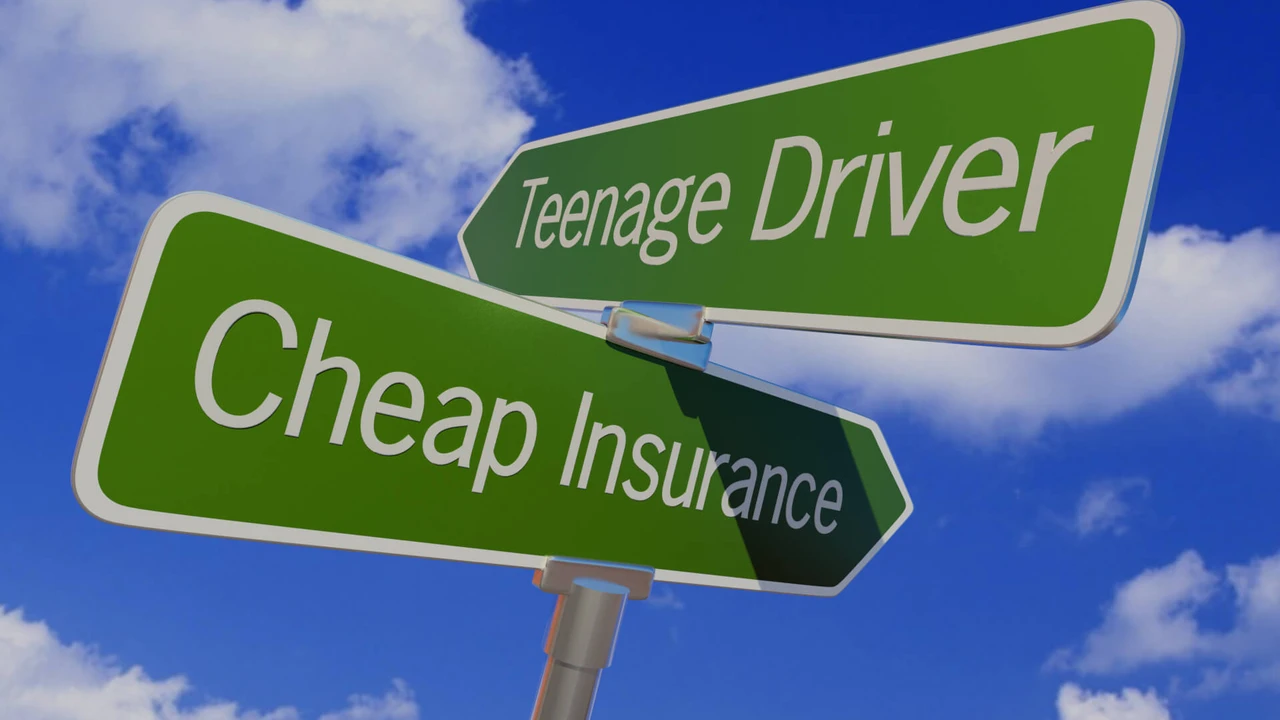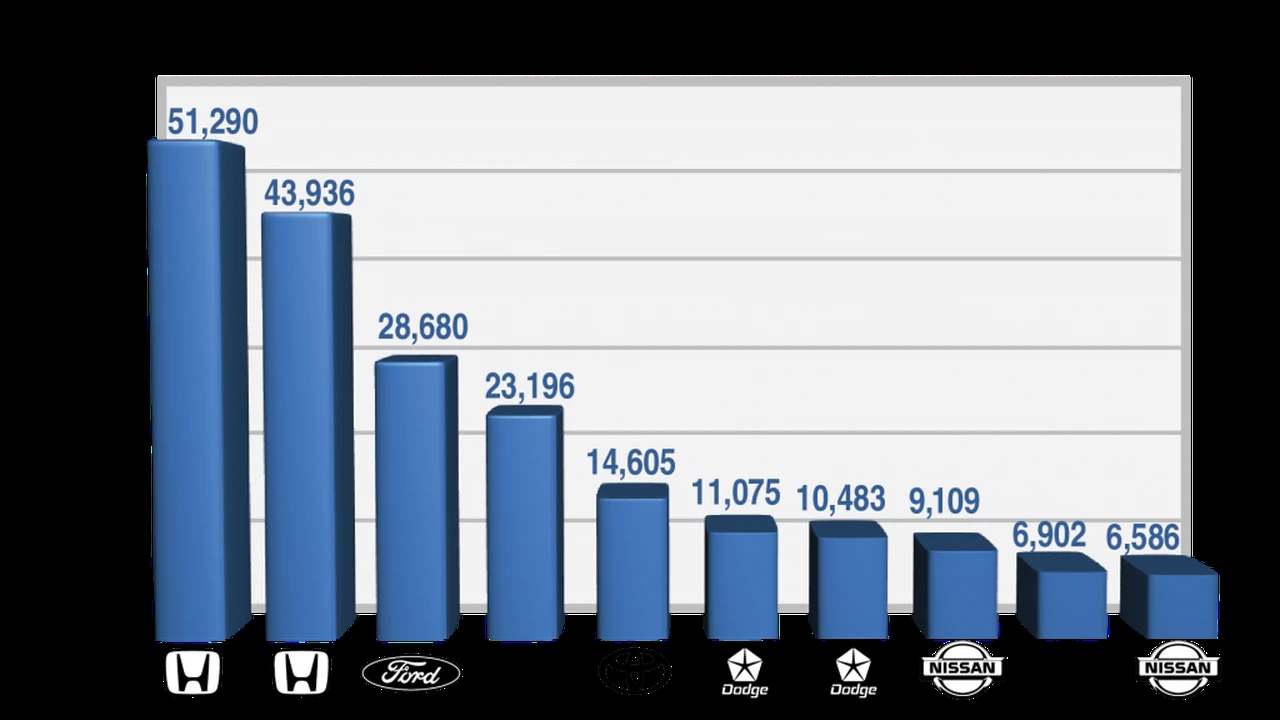Low Mileage Discounts: Driving Less Saves Money

Understanding Low Mileage Car Insurance Discounts for Teen Drivers
Hey there, future money-saving drivers! So, you're a teen driver (or the parent of one), and you're looking at car insurance rates that make your eyes water. I get it. It's expensive! But don't despair, there are ways to bring those costs down. One of the most effective is the low mileage discount. Let's dive into how it works and how you can take advantage of it. Basically, if you're not driving a ton, insurance companies think you're less likely to get into an accident. Less driving equals less risk, and less risk equals lower premiums. Makes sense, right?
How Low Mileage Discounts Work: A Deep Dive
Okay, let’s get into the nitty-gritty. Insurance companies calculate your premium based on risk. The more you drive, the higher the risk of an accident, and the higher your premium will be. Low mileage discounts are designed to reward drivers who don't spend a lot of time on the road. So, how do they know how much you drive? There are a few ways:
- Annual Mileage Estimates: When you get a quote, the insurance company will ask you how many miles you expect to drive in a year. Be honest! They might check later.
- Odometer Readings: They might ask for your odometer reading when you sign up and then again at renewal time.
- Telematics Devices: Some companies offer (or even require) you to install a device in your car that tracks your driving habits, including mileage. This gives them real-time data.
- Photo Verification: Some companies will require photos of your odometer at the start and end of the policy term.
What's considered "low mileage?" It varies by company, but generally, anything under 7,500 miles per year is considered low mileage. Some companies might even offer a discount if you drive less than 10,000 or 12,000 miles.
Qualifying for Low Mileage Discounts: Are You Eligible?
So, you think you're a low-mileage driver? Great! But there are a few things you need to keep in mind to qualify:
- Honesty is Key: Don't underestimate your mileage. If you drive more than you estimated, you could lose the discount and even face higher premiums down the line.
- Accurate Reporting: Make sure your odometer readings are accurate. If you're using a telematics device, drive responsibly.
- Policy Requirements: Read the fine print! Some policies have specific requirements for low mileage discounts, such as a minimum number of days driven per week.
The Benefits of Low Mileage Car Insurance: More Than Just Savings
Okay, so you save money. That's awesome. But there are other benefits to low mileage car insurance, too:
- Reduced Wear and Tear: Less driving means less wear and tear on your car. This can save you money on maintenance and repairs in the long run.
- Lower Fuel Costs: Obvious, right? Less driving means you're buying less gas.
- Environmental Benefits: You're reducing your carbon footprint by driving less. Go you!
- Peace of Mind: Knowing you're paying less for insurance can reduce stress and give you peace of mind.
Maximizing Your Low Mileage Discount: Tips and Tricks
Want to get the most out of your low mileage discount? Here are a few tips:
- Track Your Mileage: Use a mileage tracking app or simply keep a log in your car. This will help you estimate your annual mileage more accurately.
- Bundle Your Insurance: Many companies offer discounts if you bundle your car insurance with other policies, such as home or renters insurance.
- Shop Around: Get quotes from multiple insurance companies to see who offers the best low mileage discount.
- Increase Your Deductible: A higher deductible will lower your premium, but make sure you can afford to pay it if you have an accident.
- Consider Usage-Based Insurance: If you're a really low-mileage driver, usage-based insurance (UBI) might be a good option. UBI programs track your driving habits in real-time and adjust your premium accordingly.
Telematics and Low Mileage: A Match Made in Savings Heaven?
Speaking of telematics, let's talk about how these devices can help you save even more money. Telematics devices track your driving habits, including mileage, speed, braking, and acceleration. Insurance companies use this data to assess your risk and adjust your premium accordingly. If you're a safe driver who doesn't drive much, you could save a significant amount of money with a telematics program.
However, it's important to be aware of the potential downsides. If you're not a safe driver, your premium could actually go up. Also, some people are concerned about privacy issues with telematics devices. Make sure you understand how the data is being used before you sign up for a telematics program.
Comparing Low Mileage Car Insurance Companies: Finding the Best Fit
Not all insurance companies offer the same low mileage discounts. Some companies are more generous than others. Here are a few companies that are known for their low mileage discounts:
- Allstate: Offers a Drivewise program that tracks your driving habits and rewards safe drivers with discounts.
- State Farm: Offers a Drive Safe & Save program that uses telematics to track your driving.
- Progressive: Offers a Snapshot program that tracks your driving habits and rewards safe drivers.
- Geico: Offers a DriveEasy program that monitors driving behavior through a mobile app.
- USAA: Generally known for lower rates for military members and their families. They also offer mileage-based discounts.
It's important to compare quotes from multiple companies to see who offers the best deal for your specific situation. Don't just focus on the low mileage discount; also consider other factors, such as the company's reputation, customer service, and coverage options.
Specific Product Recommendations: Telematics Devices and Mileage Trackers
Alright, let's get specific about some products that can help you track your mileage and potentially save money on car insurance:
Automatic Pro: The Smart Driving Assistant
Description: The Automatic Pro is a small device that plugs into your car's OBD-II port (most cars made after 1996 have one). It tracks your mileage, driving habits, and even diagnoses engine problems. It connects to your smartphone via Bluetooth and provides you with real-time data.
Usage Scenario: Use the Automatic Pro to track your mileage accurately for insurance purposes. You can also use it to monitor your driving habits and identify areas where you can improve your fuel efficiency.
Comparison: Compared to other OBD-II trackers, the Automatic Pro is known for its ease of use and comprehensive features. It's more expensive than some basic trackers, but it offers more value for the money.
Price: Around $129.95
MileIQ: Automatic Mileage Tracker App
Description: MileIQ is a mobile app that automatically tracks your mileage using your phone's GPS. It's designed for business users who need to track mileage for tax purposes, but it can also be used to track personal mileage for insurance discounts.
Usage Scenario: Use MileIQ to automatically track your mileage without having to manually enter it. The app is very accurate and easy to use.
Comparison: Compared to other mileage tracking apps, MileIQ is known for its accuracy and ease of use. It's a subscription-based service, but it's worth the cost if you need to track mileage regularly.
Price: Subscription starts at $5.99 per month or $59.99 per year.
Hum by Verizon: More Than Just Mileage Tracking
Description: Hum by Verizon is a device that plugs into your car's OBD-II port and provides a range of features, including mileage tracking, vehicle diagnostics, roadside assistance, and emergency services. It also has a built-in Wi-Fi hotspot.
Usage Scenario: Use Hum by Verizon to track your mileage, monitor your car's health, and get help in case of an accident or breakdown.
Comparison: Compared to other OBD-II devices, Hum by Verizon offers a wider range of features, including roadside assistance and emergency services. It's more expensive than some basic trackers, but it's a good option if you want comprehensive protection.
Price: Around $14.99 per month, plus a one-time device fee.
Manual Mileage Log: The Old-School Approach
Description: A simple notebook and pen! Sometimes the simplest solutions are the best. You can manually record your odometer readings at the beginning and end of each trip.
Usage Scenario: For those who prefer a low-tech option, a manual mileage log is a reliable way to track your mileage. It requires more effort, but it's free and doesn't rely on technology.
Comparison: While not as convenient as digital trackers, a manual log is a cost-effective option. It's less accurate if you forget to record trips, but it can still provide a reasonable estimate of your annual mileage.
Price: The cost of a notebook and pen!
Low Mileage Discounts and Teen Drivers: A Perfect Combination
For teen drivers, low mileage discounts can be a lifesaver. Teen drivers typically pay higher insurance rates due to their inexperience and higher risk of accidents. If your teen driver doesn't drive much, a low mileage discount can significantly reduce their insurance costs.
Encourage your teen driver to drive safely and responsibly. This will not only help them qualify for a low mileage discount, but it will also keep them safe on the road.
Real-Life Examples: How Low Mileage Discounts Saved People Money
Let's look at some real-life examples of how low mileage discounts have saved people money:
- Sarah, a college student: Sarah only drives to and from campus a few times a week. She was able to save 15% on her car insurance by qualifying for a low mileage discount.
- John, a retiree: John recently retired and no longer commutes to work. He was able to save 20% on his car insurance by switching to a low mileage policy.
- Maria, a stay-at-home mom: Maria primarily uses her car for errands and taking her kids to school. She was able to save 10% on her car insurance by using a telematics device to track her mileage.
Addressing Common Concerns: Low Mileage Discount FAQs
Here are some frequently asked questions about low mileage discounts:
Q: What if I drive more than I estimated?
A: If you drive more than you estimated, you could lose the discount. It's important to be honest about your mileage and update your insurance company if your driving habits change.
Q: Do I have to use a telematics device to get a low mileage discount?
A: Not always. Some companies offer discounts based on estimated mileage or odometer readings. However, using a telematics device can often result in a larger discount.
Q: Is a low mileage discount worth it?
A: Absolutely! If you're a low-mileage driver, a low mileage discount can save you a significant amount of money on your car insurance.
The Future of Car Insurance: Pay-As-You-Go and Beyond
The future of car insurance is likely to be more personalized and data-driven. Pay-as-you-go insurance, also known as usage-based insurance (UBI), is becoming increasingly popular. UBI programs track your driving habits in real-time and adjust your premium accordingly. This allows insurance companies to offer more accurate and fair rates.
In the future, car insurance policies may also be tailored to specific driving conditions and locations. For example, you might pay a higher premium for driving in congested areas or during rush hour. This type of personalized insurance could help to reduce accidents and improve traffic flow.
Final Thoughts: Drive Less, Save More
Low mileage discounts are a great way to save money on car insurance. If you're a low-mileage driver, be sure to shop around and compare quotes from multiple companies. Consider using a telematics device to track your mileage and driving habits. And remember, drive safely and responsibly!
:max_bytes(150000):strip_icc()/277019-baked-pork-chops-with-cream-of-mushroom-soup-DDMFS-beauty-4x3-BG-7505-5762b731cf30447d9cbbbbbf387beafa.jpg)




.webp)

